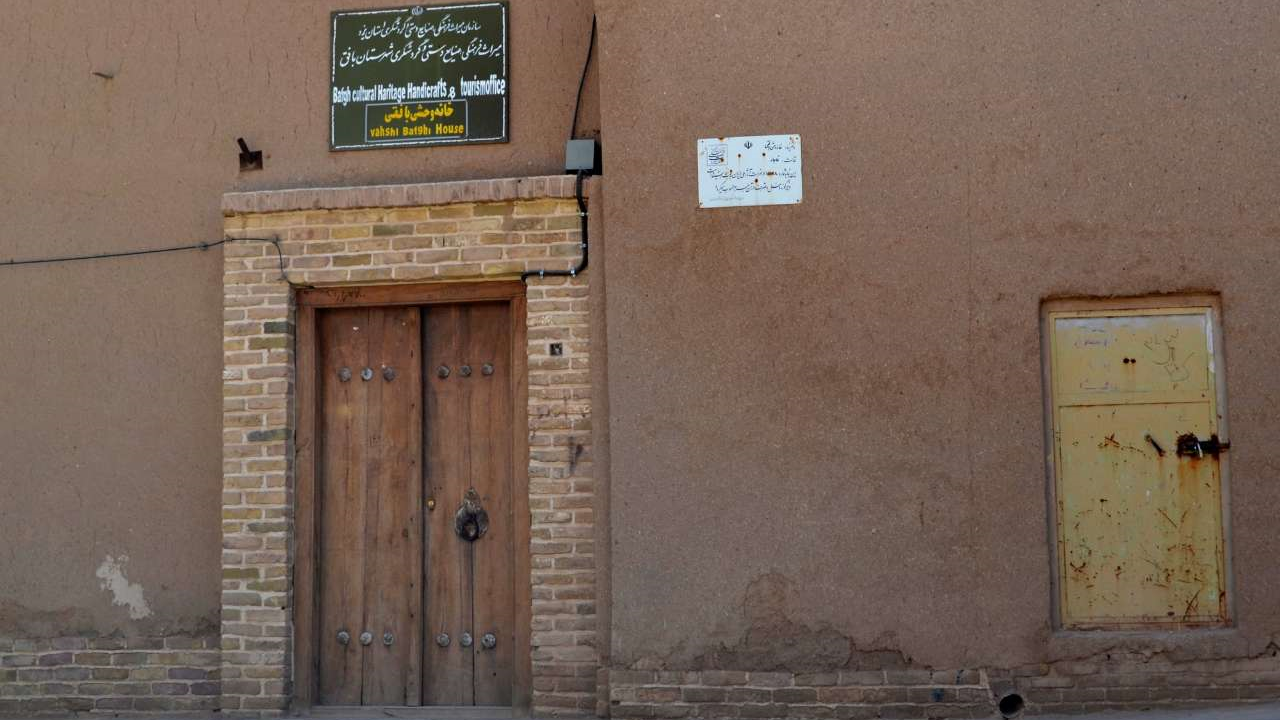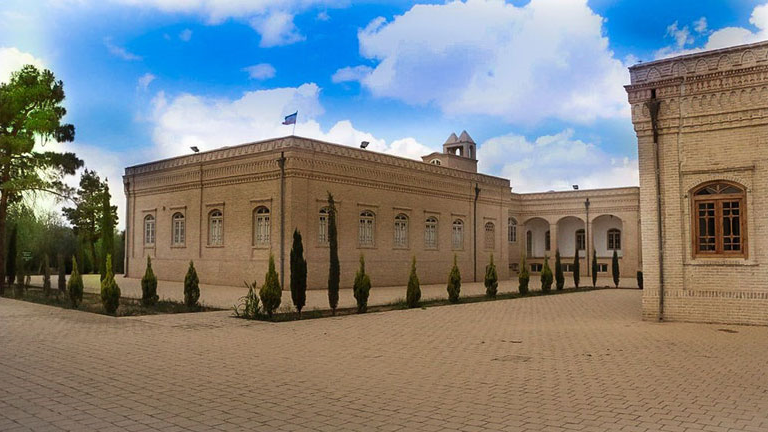
The Ilkhanate Museum of Maragheh; Manifesting the period when Maragheh was at its peak
Museums represent the culture and lifestyle of the people of each land, and the best tangible heritage of every civilization is displayed in them. Maragheh, which is known as one of the most important cities of East Azarbaijan province, a museum named the “Ilkhanate Museum” has been established next to the tomb of Awhadi Maraghei, one of the most famous writers of this city. The buildings of the museum and tomb were constructed between 1974 and 1978 AD.
The rule of Ilkhanate Mongols over Maragheh (thirteenth and fourteenth centuries AD) is of importance for this city because it was selected as the capital of the country during this period. Many of the historical monuments left in this city, some of which are among the best historical heritage of Iran, were built in that era.
Establishment and Different Parts of the Ilkhanate Museum of Maragheh
Ilkhanate Museum was founded in 1984 AD and due to the importance of the Ilkhanate dynasty in the history of Maragheh it was named after this dynasty. Valuable artifacts from the Ilkhanate period are displayed in this museum, including several pieces of pottery, tiles and dishes, coins of the Ilkhanate period, glass and metal objects, and several manuscripts. A number of centuries-old manuscripts of the Holy Qur’an are on display in one part of the museum known as the “Ketabat” (script). One of these Qur’ans is one of the first Qur’ans containing Persian translation. This copy of the Holy Qur’an is decorated with gold and written on pieces of paper made in China.
There are also objects from other historical periods of Iran that are on display in the Ilkhanate Museum. Some of these objects date back to the Sasanian and Parthian eras as well as the Safavid era (17th century). The inscriptions and columns of the Sheikh Baba Mosque of the Timurid era, the Afshari cannonball (18th century AD), some works related to the observatory and the historical dome of Maragheh, some objects from the prehistoric era and coins from the third century AD are among the most prominent objects displayed in this museum.
The Coin Collection of the Ilkhanate Museum of Maragheh
The Ilkhanate Museum has one of the largest and most comprehensive collections of coins of the Ilkhanate period. During the Ilkhanate era, coins were sometimes minted to commemorate certain occasions or to be distributed in festivals, and copper coins were used in daily transactions. In that period, the most important government mints were operating in Maragheh, Tabriz, and Soltaniyeh. Most of the coins of the Ilkhanate period contained Islamic motifs such as verses of the Holy Qur’an, the names of the Rashidin Caliphs, and Shiite Imams.
The Pottery Collection of the Ilkhanate Museum of Maragheh
Pottery is considered one of the most important and practical handicrafts of the Ilkhanate period. The progress of pottery in this period was such that it can be considered the golden age of pottery in the country. In this period, more decorations and techniques were used in pottery. Geometric motifs, plant motifs, Islamic designs, images of people while hunting or being in a meeting, images of gazelles, fish and birds, and calligraphy of Persian poems and proverbs are some of the designs used in these potteries. The transparent glazed objects on which the image of an animal with a human head can be seen are among the remarkable works displayed in this part of the museum. The presence of this dish shows that some motifs and symbols that were used in the pre-Islamic period in Iran were reused in the Ilkhanate era.
The Glassware Section of the Ilkhanate Museum of Maragheh
In some periods, glassmaking in Iran was given so much importance that caused the emergence of new techniques in this regard such that Iranian glassmakers succeeded in being the best in the glassmaking technique. However, during the Ilkhanate era, many Iranian glassmakers migrated to Egypt and Syria as a result of which the art of glassmaking faced a major decline in Iran. Some samples of glass containers and decorative objects, which are quite unique, are on display in this museum.
The Metalwork Section of the Ilkhanate Museum of Maragheh
In this section of the Ilkhanate Museum of Maragheh, objects are displayed that reflect the progress of metalwork art during the Ilkhanate era. A variety of bronze oil lamps and candlesticks, which were cast and decorated with etching and gilding, can be seen in this section.
The Ilkhanate Museum of Maragheh has been established to display the works and objects left from the Ilkhanate era.
| Name | The Ilkhanate Museum of Maragheh; Manifesting the period when Maragheh was at its peak |
| Country | Iran |
| State | East Azerbaijan |
| City | Tabriz |

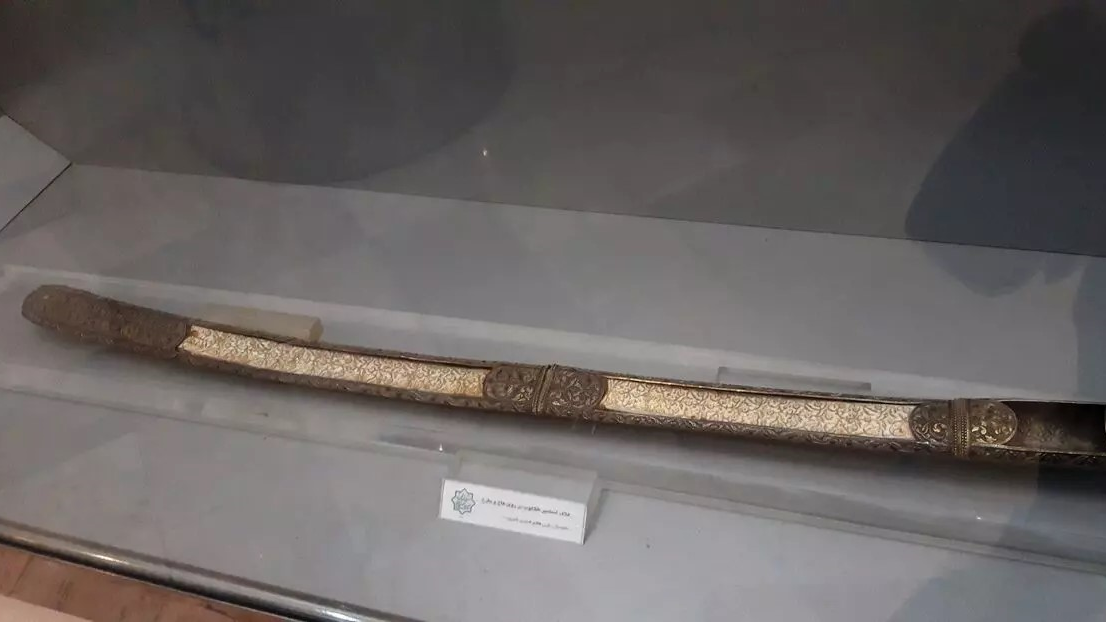
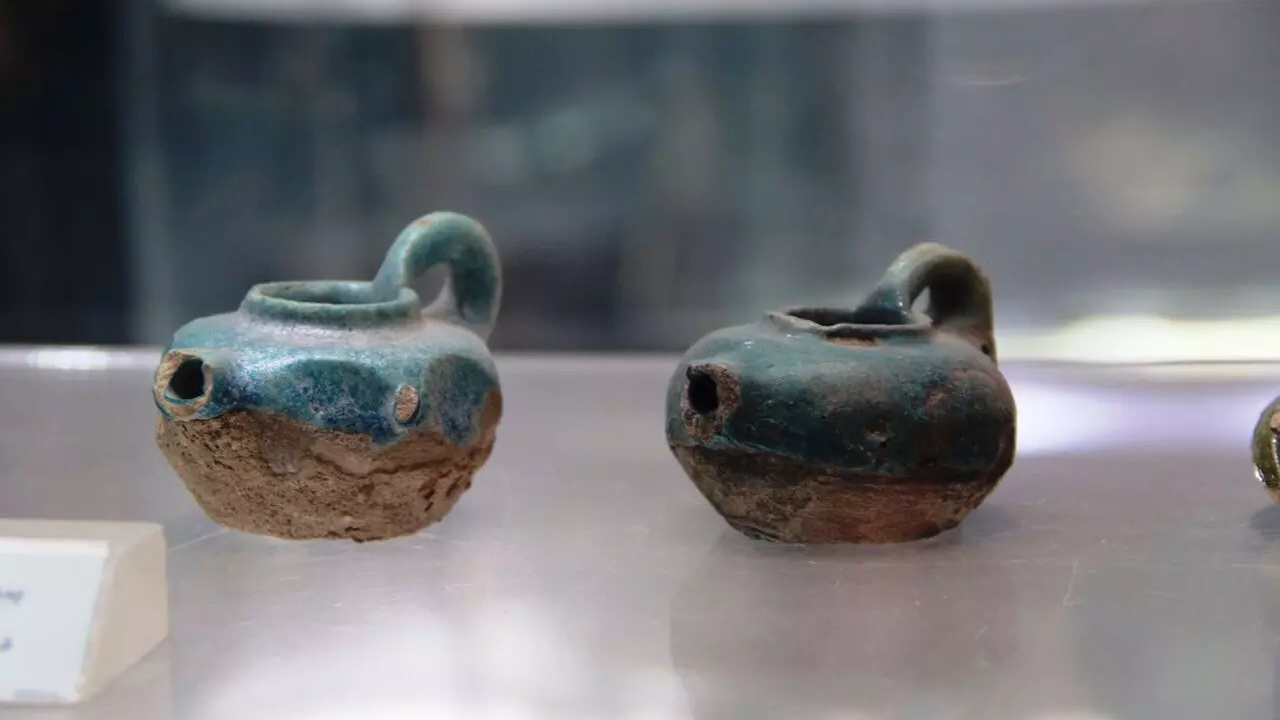
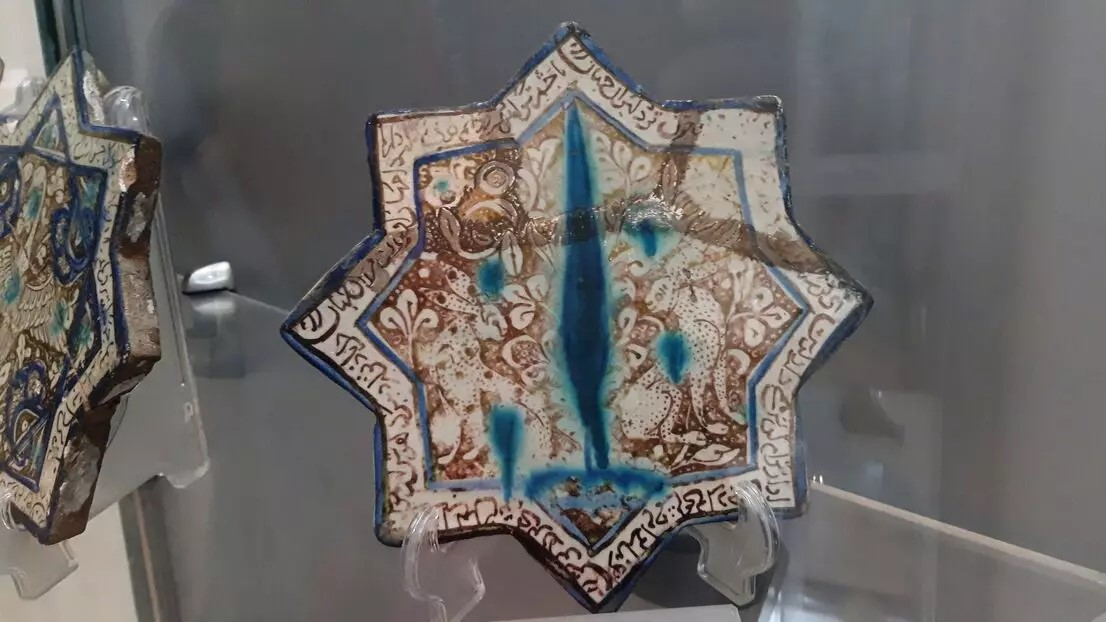
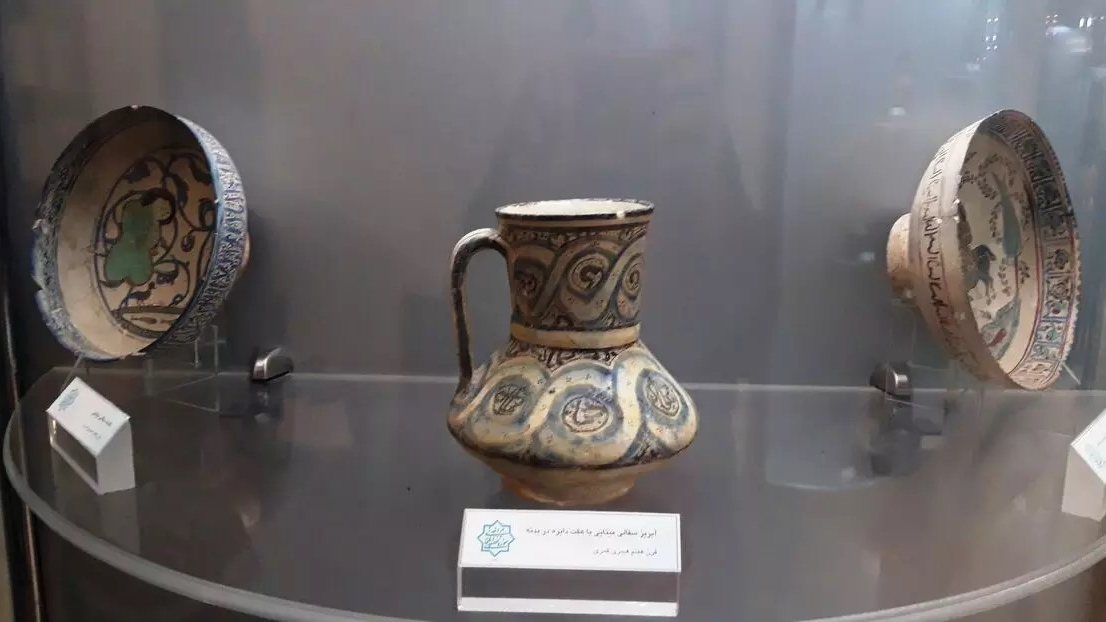
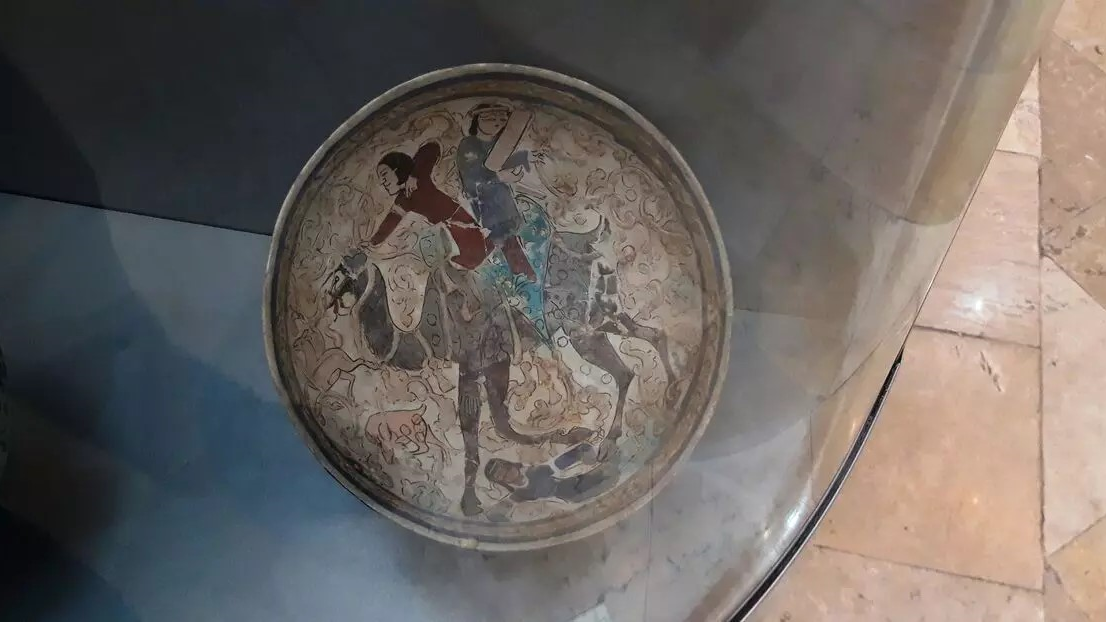
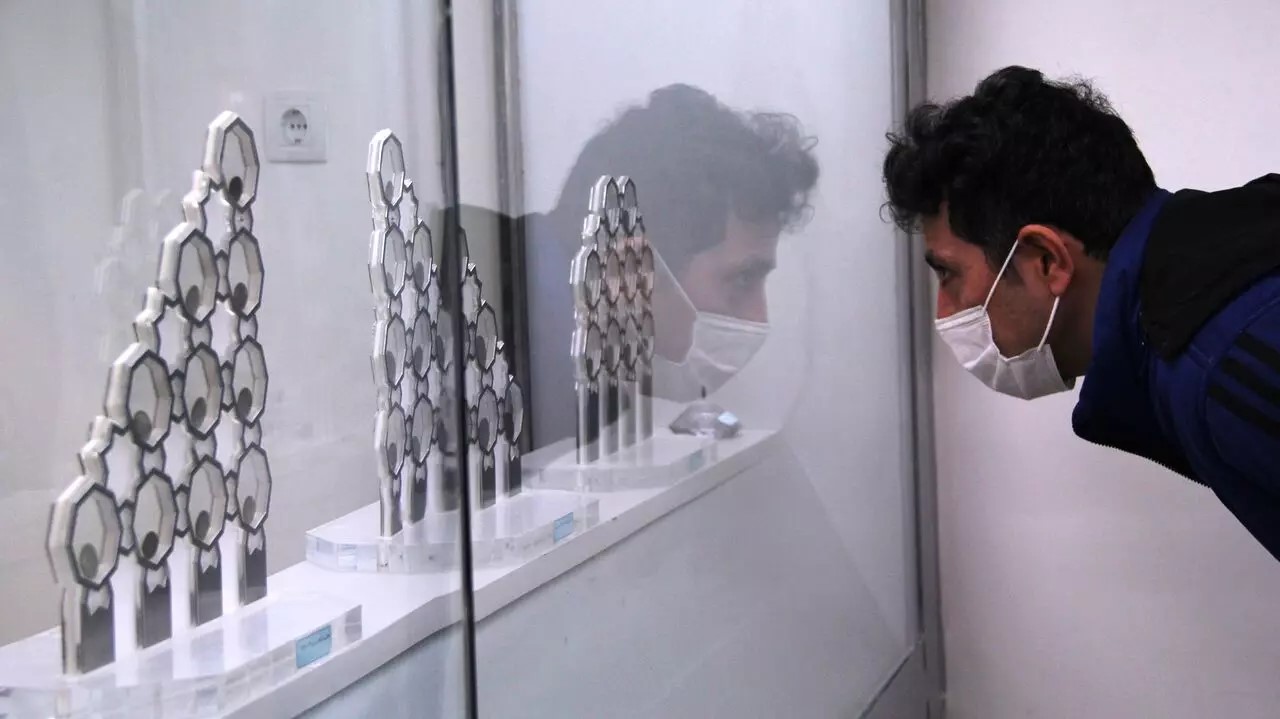









Choose blindless
Red blindless Green blindless Blue blindless Red hard to see Green hard to see Blue hard to see Monochrome Special MonochromeFont size change:
Change word spacing:
Change line height:
Change mouse type:
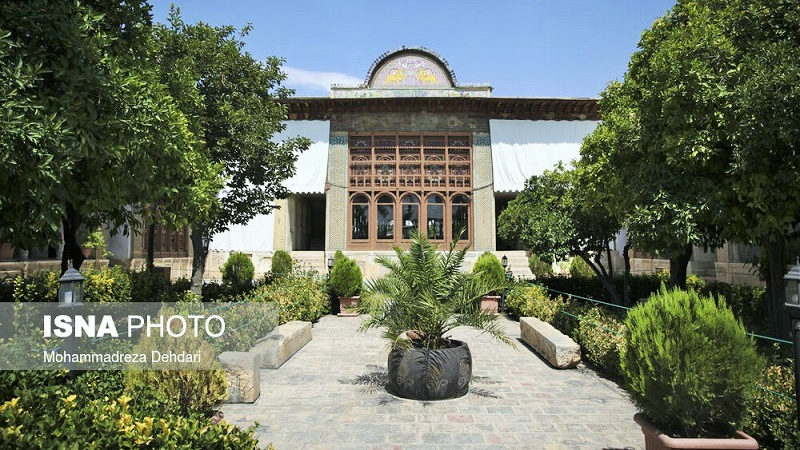
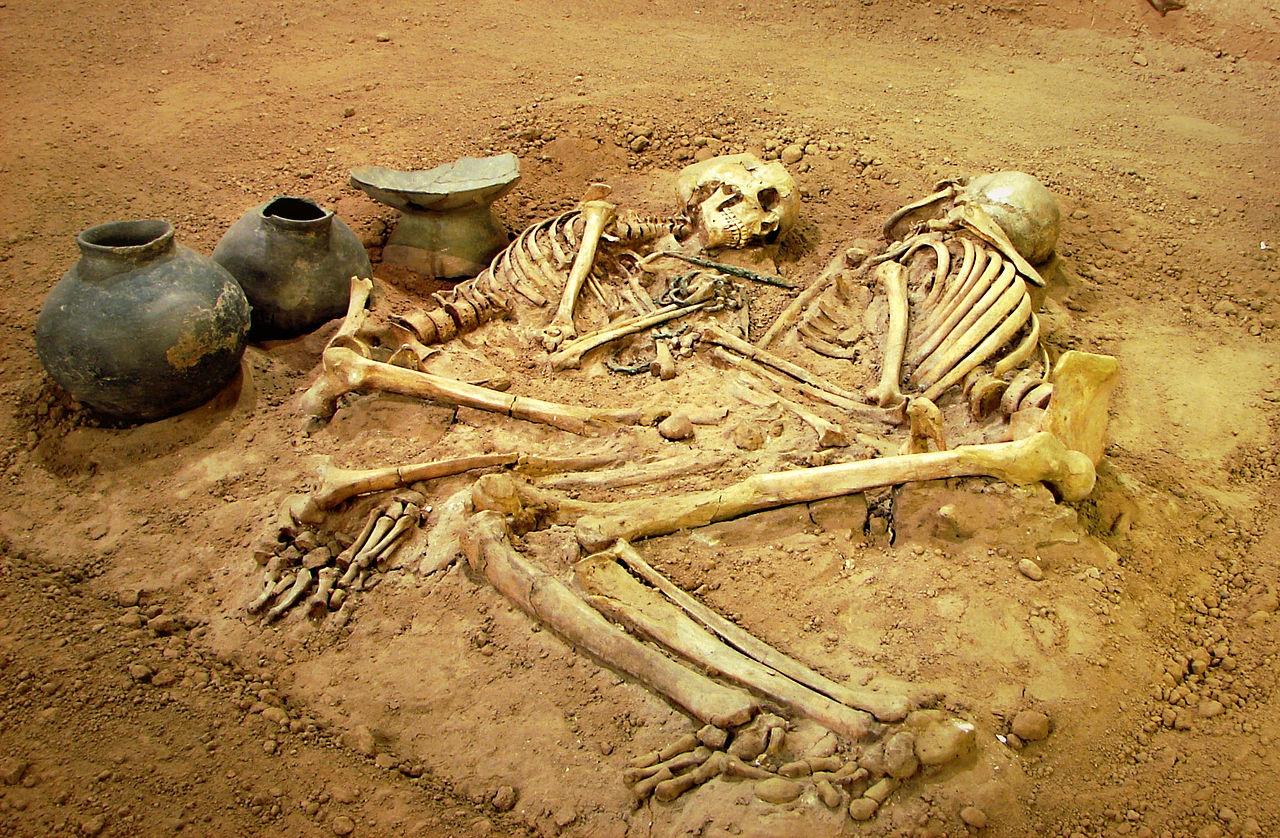
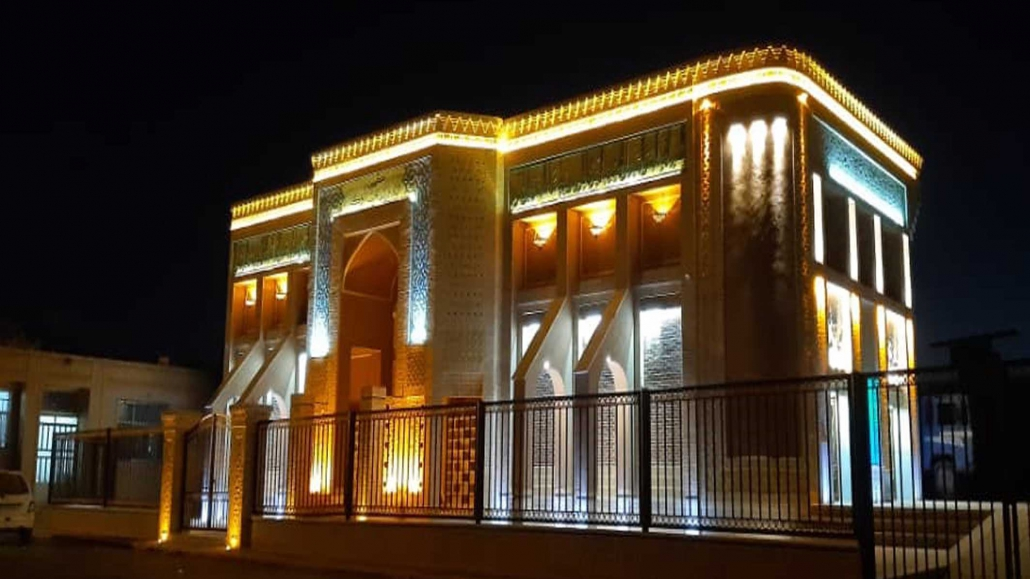

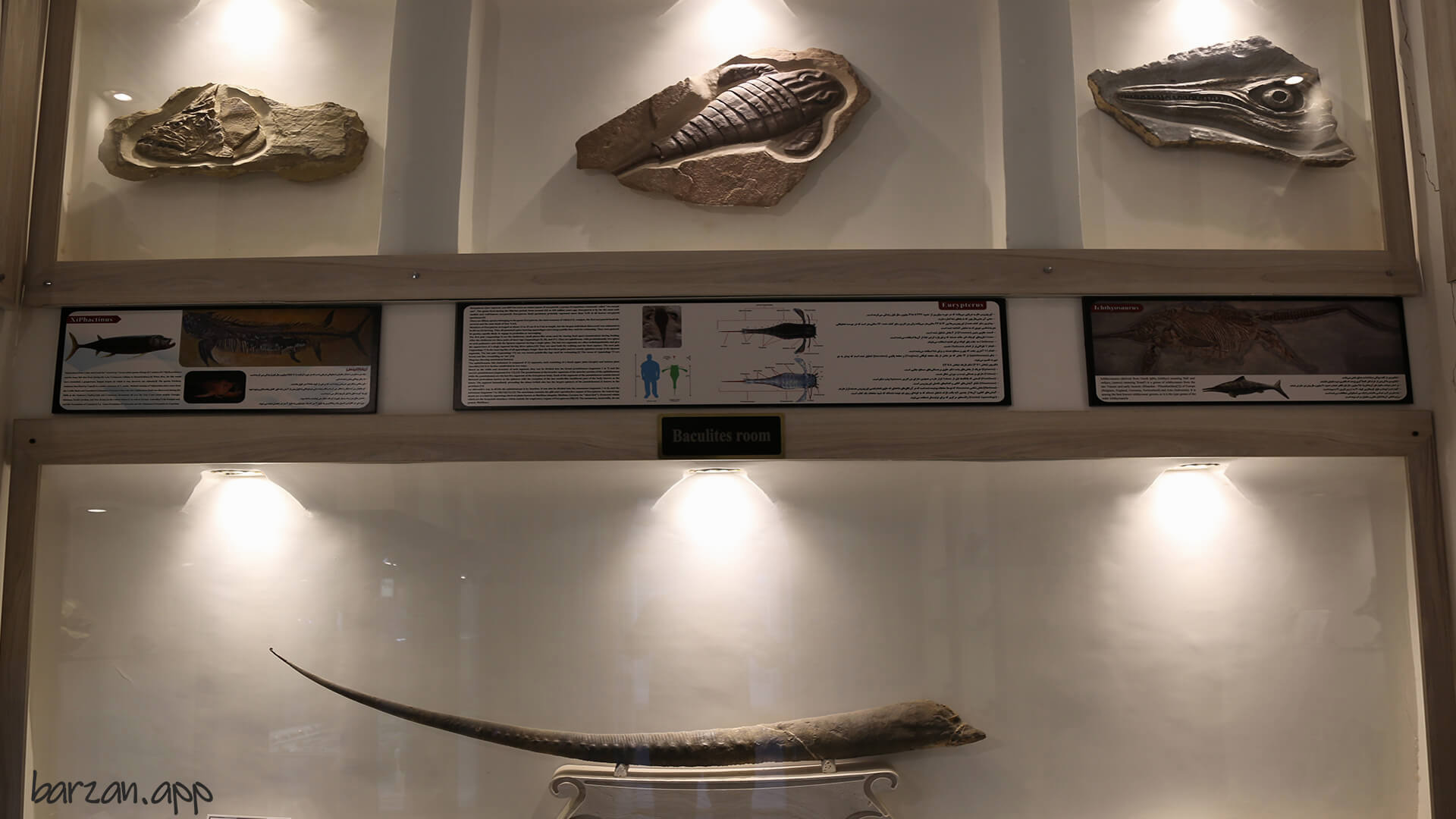
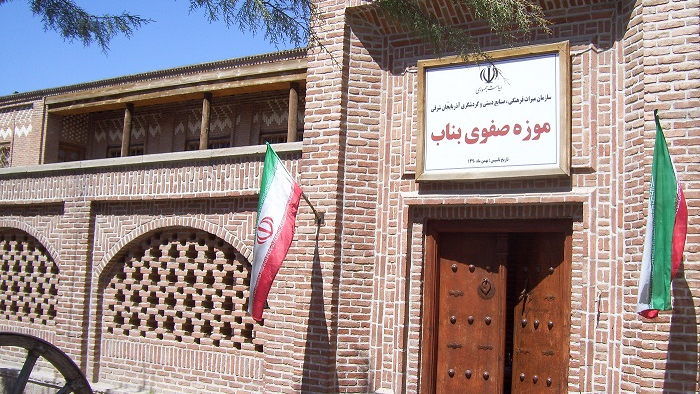
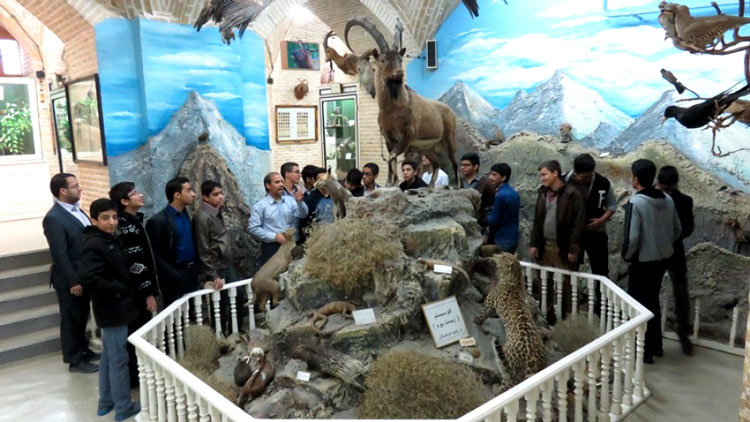

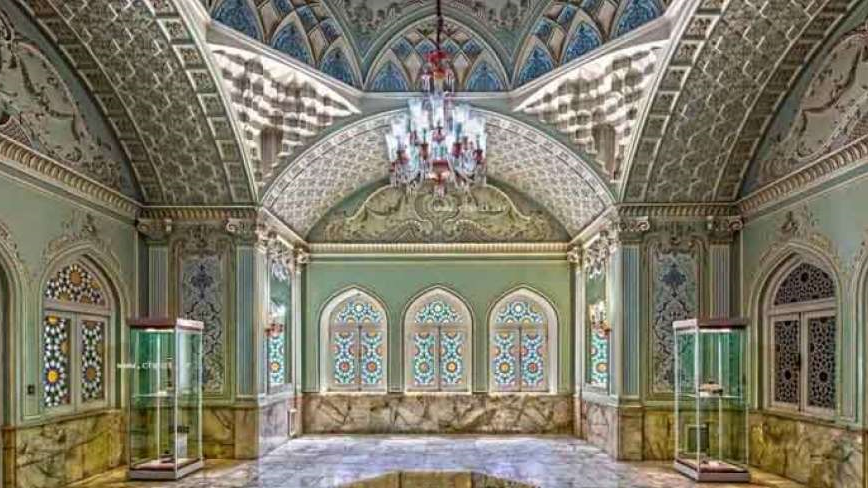


_crop_1.png)
